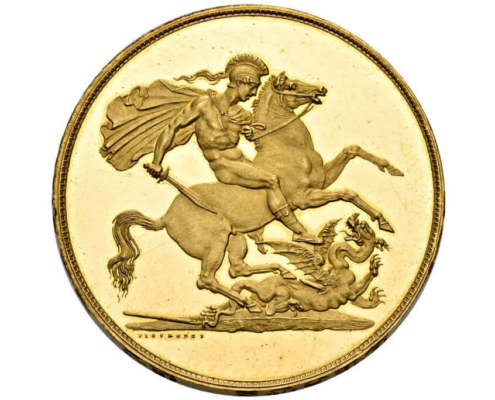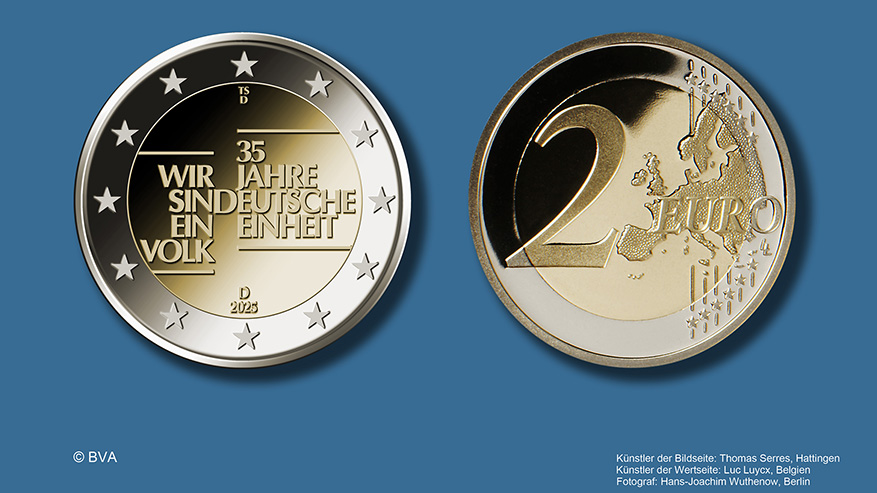Friedrich Wilhelm, the Great Elector.
Ducat 1686 LCS, Berlin.
Extremely rare.
Attractive piece.


Maximilian II.
Ducat 1855.
Only a few pieces are known.
Extremely fine-uncirculated.

Ferdinand Albrecht I.
Löser in the weight of 4 Reichstalers 1670, Clausthal.
Extremely rare.
Attractive piece.

Friedrich Adolf.
5 Ducats 1711, Detmold.
Only known piece.
Extremely fine-uncirculated.

6 Ducats, n. d. (1765-1790), with the title of Joseph II.
NGC MS 62 PL.
Extremely rare.
Attractive piece from polished dies.
Almost uncirculaed.

Johann Adolf, 1590-1616.
Portugalöser (10 ducats) n.d., Eutin.
Extremely rare and of particular
significance in monetary history.
Attractive piece.

Leopold I, 1657-1705.
20 Ducats, n. d. (after 1666), Hall,
by M. König.
Extremely rare.
Almost extremely fine.

Archive: People and Markets
IAPN General Assembly in Marseille 2023
At their 71st General Assembly in Marseille, the International Association of Professional Numismatists elected new members, increased the Executive Committee, and awarded the prestigious IAPN Book Prize.
Two-Euro Ticker: New 2-Euro Coins in September 2024
The Federal Republic is once again stirring up the collector world with two surprising announcements. Additionally, San Marino, Slovakia, and Latvia are delighting collectors with new designs.
Archive: Coins, Medals and more

As the King Lay Dying… – The Most Spectacular British Gold Coin of the Modern Era
In Part 4 of its extraordinary British Collection, SINCONA will be presenting several extremely rare patterns, some of which are the best-preserved specimens available on the market. In this article, we tell their story.

Switzerland’s Special Coin 200 Years Swiss Shooting Sport Federation Hits the Bull’s Eye
What do you think of when you hear “Switzerland” and “shooting”? Do you think of shooting talers, William Tell, and/or the Swiss Federal Shooting Competition? Vito Noto told Ursula Kampmann what came to mind when he created the design for the newest Swissmint coin.













Joe Cribb is the 2023 Derek Allen Prize Winner
Joe Cribb is a well-known specialist in the monetary history of Asia. For his outstanding contribution to the discipline of numismatics, the British numismatist has been awarded the 2023 Derek Allen Prize by the British Academy.
Swiss Linguistic Diversity Gold Coin
The latest Swiss gold coin “Swiss Language Diversity” honors cultural diversity and multilingualism as the very essence of Switzerland.